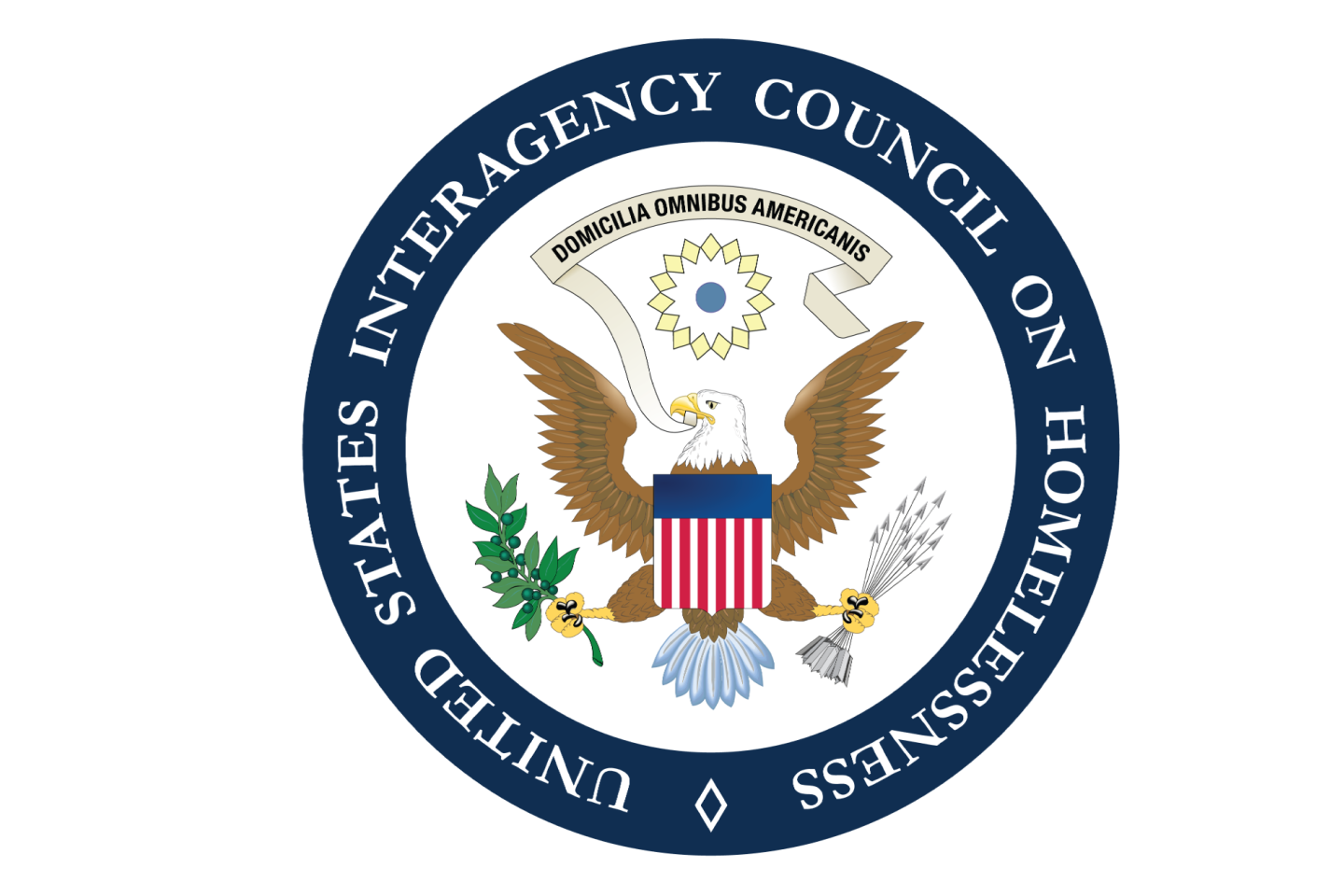COMMUNITY SPOTLIGHT: Engaging Neighbors and Businesses in Encampment Response
This is one of the first in a series on alternatives to criminalization that are humanely and effectively helping people move off streets and into homes. Read other alternatives to criminalization at usich.gov/encampments.
People living in encampments, housed neighbors, and people who run businesses all have the same goal: a community where no one lives on the streets. But without the support of neighbors and businesses who live and work near encampments, public pressure can intensify for local leaders to take ineffective, expensive, and inhumane action. It is critical to educate neighbors and businesses about the causes and challenges of homelessness to humanize their unhoused neighbors and increase community support for shelters, affordable housing, and supportive services that help people move off the streets and into homes.
Last month, the U.S. Interagency Council on Homelessness released 19 Strategies for Communities to Address Encampments Humanely and Effectively. One of the 19 strategies urges communities to engage neighboring residents and businesses.
No community has all the solutions—or the resources to meet every need—but many communities are undertaking promising practices that are having positive results. One such area is in Las Cruces, New Mexico, and its engagement with neighboring residents and businesses.
Nicole Martinez, executive director of the Mesilla Valley Community of Hope, a nonprofit agency in Las Cruces that provides services, housing, and shelter for people experiencing homelessness, explains their approach:
Like many places across the country, Las Cruces has a shortage of shelter beds and housing. Roughly 300 people are currently waiting for housing in our small city that has only two shelters—one for victims of domestic violence and a faith-based one that only has capacity to shelter 120 people at a time. We also have limited local and no state or federal funding for short-term options while people wait for shelter and/or housing to become available. In the face of this reality, we needed a place (and means) to provide people experiencing homelessness a place where they can sleep without the threat of law enforcement moving, fining, or arresting them.
In 2011, with approval and a one-time contribution of $10,000 from the city of Las Cruces, the Mesilla Valley Community of Hope (MVCH) used community donations to open and operate Camp Hope. This is a city-approved sanctioned encampment where people can access full-service bathrooms and wraparound services. When people arrive, they complete a survey to identify their needs and path for housing. While staying there, they have access to a city-funded program (Mano y Mano) that hires, pays, and feeds people experiencing homelessness for the day.
Ever since we opened Camp Hope, there has been a steady stream of donations from housed neighbors and businesses. In year one, the community donated $13,000. Last year, they donated more than eight times that amount—$113,000. We raise money online at tentstorents.org. The name of our website alone brings awareness to the community that our ultimate goal is to help people move into safe and affordable rental homes. The donations help us provide basic needs as well as security deposits for people moving into housing.
In addition to money, neighbors and businesses have also increasingly donated their time and supplies. Civic and church groups provide food and game nights. School groups run blanket drives. University clubs help with drainage plans and construction blueprints. Local businesses provide discounted tents and lumber to build shade structures. Camp Hope serves 50 people on a nightly basis, and residents themselves help to sort donations and provide other day-to-day operational support.
We also engage businesses in our response to unsanctioned encampments. Our city-funded and housing-focused outreach team has trained dozens of local businesses and faith-based organizations to better respond to people experiencing homelessness. The outreach teams teach them how to de-escalate tense situations and how to approach people in and suffering from traumatic experiences. The businesses and organizations also learn about the services provided by MVCH, including Camp Hope. We educate the community about what actually works to solve homelessness and in turn build support for our outreach teams. Instead of calling police when issues arise, most businesses are relieved to call our outreach team, who have established relationships with people living in encampments and whose main goal is to connect people to housing and services. As a result, many businesses have advocated for expansion of our outreach team.
We all have a responsibility to do what we can in our communities to help people without a home while we work toward expanding housing and making it more affordable for everyone.
USICH is looking for effective, innovative, and humane ways communities on the East Coast are implementing one or more of USICH’s 19 encampment strategies. Submissions are due June 14.



